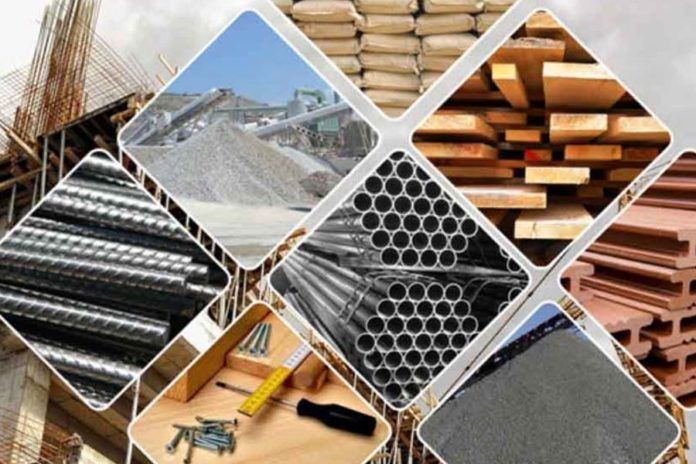The latest statement from John Newcomb and Peter Caplehorn, co-chairs of the Construction Leadership Council’s (CLC) Product Availability working group, suggests that a gradual improvement in construction products supply has been helped by a reduction in demand over the Christmas period, despite sales remaining strong.
With the reduction particularly in domestic repair, maintenance and improvement (RMI) sector, the industry is entering the new year with relatively good stocks and availability of most products, including timber, where prices have also fallen from their peak.
However, supply challenges continue to affect bricks and aircrete blocks, roof tiles, steel lintels, manhole covers, plastic drainage products and certain sealants, coatings and paints.
In addition, rising energy costs and price inflation continue to cause concern, with the latest forecasts anticipating 2022 price inflation from +7-10%, with multiple increases expected for some products.
Meanwhile, the impact of Omicron has been limited, with an overall level of absence across UK industry at 5% or less during the past month, though some sectors, such as haulage, have been hit harder than others.
Future challenges:
The high level of demand means that a shortfall in the domestic production of bricks, which is already at full capacity, will continue throughout 2022 until three new UK brickmaking plants come on stream in 2023 and 2024, boosting UK annual capacity by about 150 million bricks per year. Imports largely from the EU, and potentially beyond, will be required to meet current demand.
An example of this is demand for roof tiles remaining high, with lead times averaging 24 weeks and rising to 41 weeks for some profiles. Additionally, clay tiles are subject to price increases due to rising energy costs.
Furthermore, while the issues previously affecting timber and cement availability have eased, they have not been fully resolved, and longer lead times may return as the volume of demand increases later in the year.
Meanwhile, delays and volatile prices for global shipping looks set to continue at least until Q3 2022. China is home to seven of the top 10 container ports, which have a sustained ‘zero’ policy regarding COVID outbreaks, leading to shutdowns and delays that have worsened global bottlenecks.
What’s more, with the Beijing Winter Olympics taking place in February, factories will be closed in 64 northern Chinese cities to improve air quality. This will almost certainly affect some construction products, which will have a knock-on effect of levels of inventory later in 2022.
>>Read more about supply chain problems impacting the industry here.




